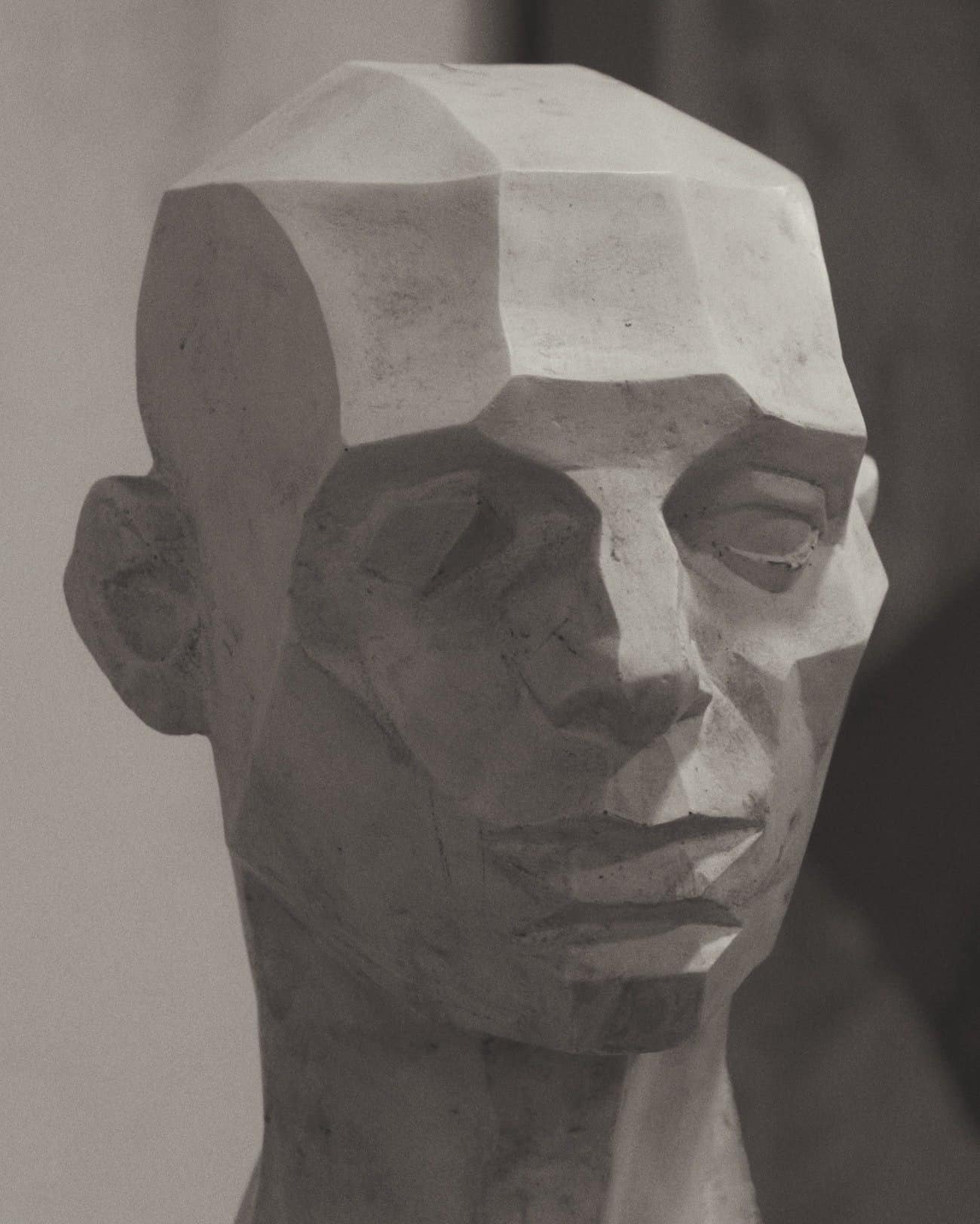Energy Therapy
Tapas Acupressure Technique: Overview
THC Editorial Team September 27, 2022

Contents
- Overview
- What is the Tapas Acupressure Technique (TAT)?
- Background/History of Tapas Acupressure Technique
- How is TAT Performed?
- How Does TAT Work?
- Similar Acupressure Techniques
- The Potential Benefits of Tapas Acupressure Technique
- Summary / Key Takeaways
Alternative and holistic medicine has become more mainstream, including practices such as acupuncture, massage, acupressure, Reiki, and body movement medicine. The Tapas Acupressure Technique, which focuses on a holistic approach to stress and pain relief, is believed to alleviate the emotional and psychological stressors that can play a role in physical symptoms such as muscle cramping, headaches, and stiffness.1
What is the Tapas Acupressure Technique (TAT)?
The Tapas Acupressure Technique is an energy release technique that helps release putative energy blockages, hypothesized to be related to some form of trauma. Putative energies, also called “biofields,” refer to a belief in the presence of subtle energy fields surrounding and impacting all people and living things.2 Applying the fundamental theories behind acupressure and acupuncture therapies in the use of meridians, the Tapas Acupressure Technique focuses on putting light pressure on four specific points on the skull to help reduce stress by releasing these blockages. The Tapas Acupressure Technique is also often accompanied by meditative techniques to help clear the mind of any stress or ruminative thoughts to help promote further relaxation and help clear the blocked energy pathways.3
Background/History of Tapas Acupressure Technique
Developed in 1993 by Tapas Flemming, a licensed acupuncturist, the TAT incorporates methodologies, philosophies, and practices shared by many energy therapies, such as acupressure and acupuncture. It mainly focuses on the belief that blocked putative energy can potentially be the root cause of various forms of stress, anxiety, and in some cases, physical symptoms. These blockages are thought to be caused by some form of physical or emotional trauma; through performing certain techniques, it may be possible to clear these blockages of putative energy to alleviate stress and anxiety.4
How is TAT Performed?
The Tapas Acupressure Technique is performed by applying light pressure on four specific points around the head and making a series of nine statements.1 The four points on the head include the medial corners of both eyes, the area one-half-inch above the space between the eyebrows, and the back of the head. Applying light pressure to these specific points combined with practicing meditative techniques to help soothe and relax your body is thought to help clear putative energy blocks, which will help alleviate stress and anxiety. The process takes about 20 minutes.
It is often recommended to repeat certain mantras while performing the Tapas Acupressure Technique, either repeatedly renouncing or speaking out against a particular behavior, such as “I will not snack before lunch” or simply focusing on the sound of your breathing to block out any noises or stressors in the environment.
How Does TAT Work?
The exact science behind how TAT works is still unclear. In theory, applying pressure to four specific points on the skull for an extended period is thought to clear blockages of putative energy by applying pressure to specific points on the meridians. Meridians are essentially energy pathways throughout the body. Applying pressure to paired points on these meridians is thought to help release blockages, which are considered to be the root causes of stress, anxiety, and other related physical ailments.
Similar Acupressure Techniques
Emotional Freedom Techniques (EFT)
Emotional freedom techniques (EFT), sometimes referred to as emotional freedom technique, EFT tapping, or tapping, is an alternative approach to psychotherapy premised on the idea that physical and emotional pain is created by disruptions or blockages in the body’s energy system.5
Gary Craig, an engineer who graduated from Stanford University, established EFT in the 1990s after studying with psychologist Roger Callahan, who founded Thought Field Therapy (TFT) a decade earlier. Craig developed EFT by proposing what he considered an improved and simplified technique that involved fewer tapping points.6
In EFT, the tapping points are located on the head, hands, and torso, and include:6
- side of hand (karate chop point)
- top of head (crown of head)
- eyebrow point
- side of eye
- under eye
- under nose
- chin point
- collarbone
- underarm
Thought Field Therapy (TFT)
Thought Field Therapy (TFT) focuses on manipulating the flow of energy in the body to alleviate symptoms of distress. TFT practitioners use “finger tapping,” and teach individuals to tap specific points on their bodies in set sequences with their fingertips. The tapping sequences are referred to as algorithms, and different TFT algorithms are used for various physical or psychological conditions.7
When people attend TFT sessions, the practitioner will initially ask them to think about their particular issues and rate their distress levels on a scale from 1 to 10, with 1 representing an absence of distress and 10 representing the highest amount of distress. During the therapeutic process, a person’s ratings gauge whether the treatment is effective.7
Roger Callahan first developed TFT in the 1980s. TFT draws heavily from applied kinesiology, and the work of chiropractors Dr. George Goodheart, Dr. Robert Blaich, and Dr. David Walther.7
The Potential Benefits of Tapas Acupressure Technique
Academic research studying the effectiveness of TAT is minimal. The primary benefits of the Tapas Acupressure Technique are thought to be associated with stress relief. The meditative aspect is believed to help improve focus and concentration or block out noxious stimuli in the environment, like loud noises. Some studies have also shown possible applications in weight loss and controlling eating habits.8,9
Summary / Key Takeaways
Support for the benefits and effectiveness of the Tapas Acupressure Technique appears to be primarily anecdotal. Much further exploration and study are required before the process can be considered beneficial and effective. TAT shares many of the same benefits as standard acupressure therapies, such as EFT and TFT, with many individuals noting a decreased stress level after administering the technique.













